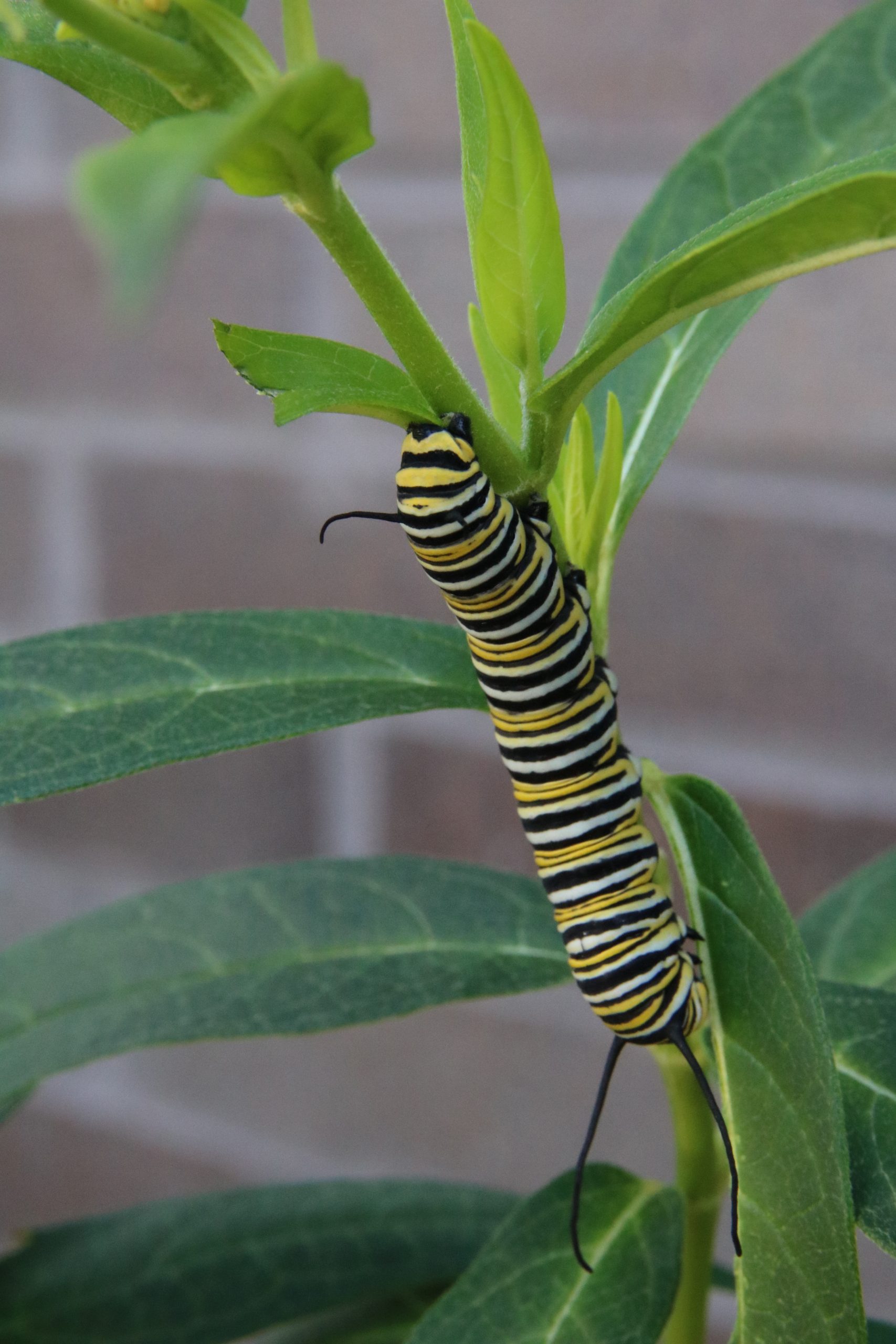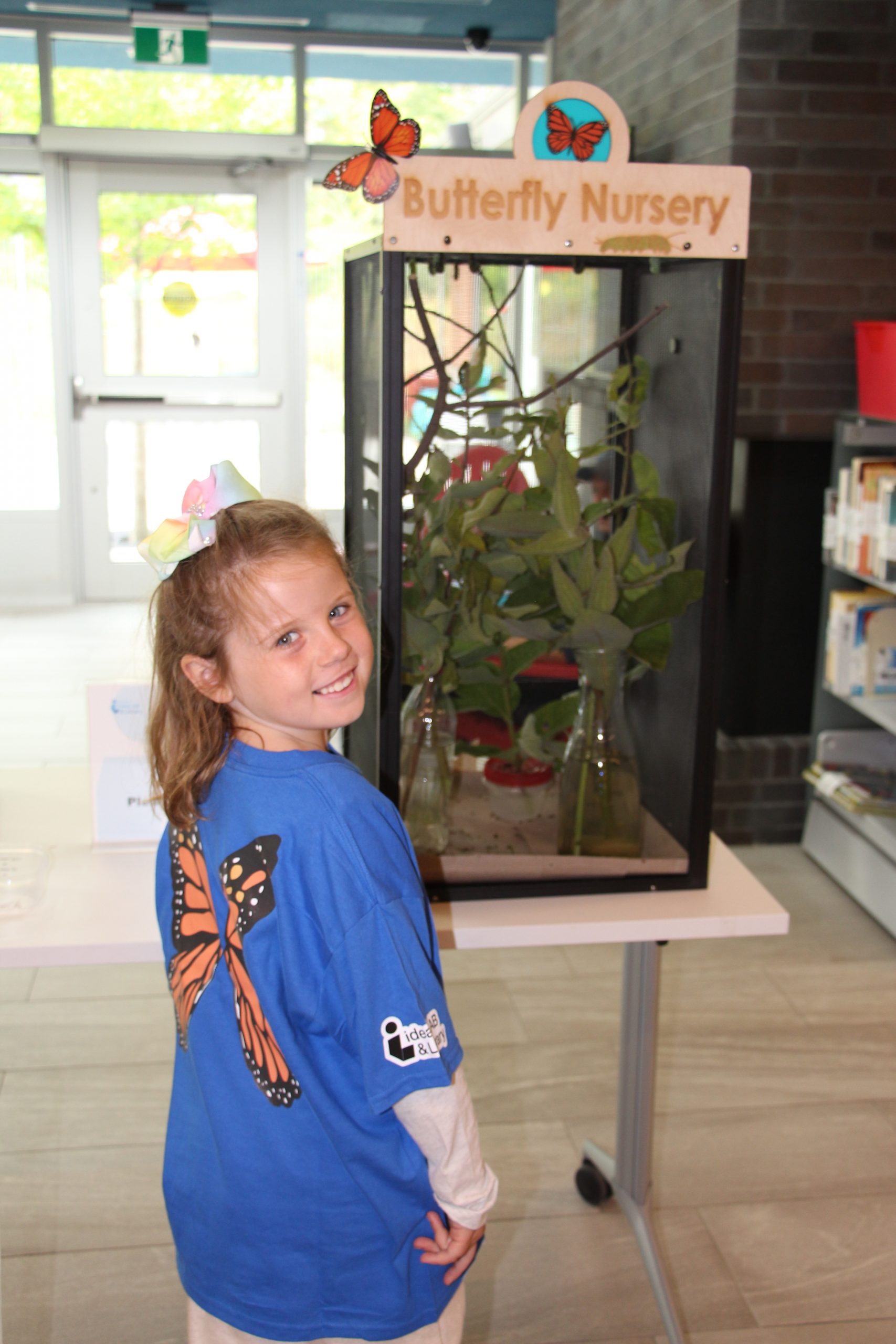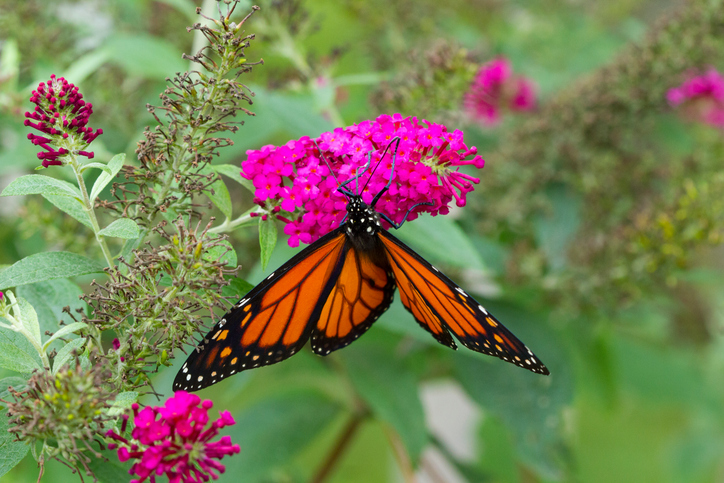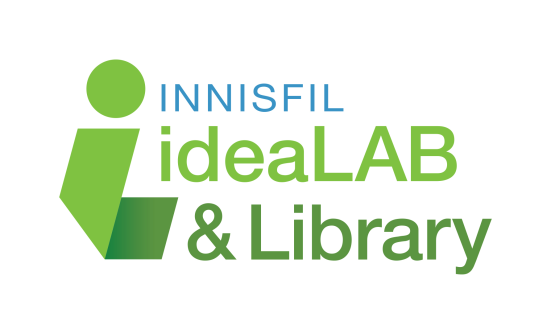
Every summer we collect eggs and young Monarch Butterfly caterpillars from our pollinator gardens, registered Monarch Waystations, at our Lakeshore and Cookstown Branches and raise them.
When they emerge from their chrysalises as butterflies, we invite the public to join us as we release them in our gardens.

The Monarch Butterfly Rearing stations are set up at each Branch, and anyone can stop by during our hours of operation to look at the caterpillars, chrysalises, or butterflies.
Our Staff are knowledgeable about the Monarch Butterfly lifecycle and conservation issues, and are happy to answer your questions.
This program is possible because of our Scientific Collectors Authorization permit from the Ministry of Natural Resources.
ALL ABOUT MONARCH BUTTERFLIES
Monarch Butterflies have a unique lifecycle, and perhaps the most notable part is their 3000-4000 kilometer journey to Mexico each fall. What’s really amazing is the butterflies that travel from Ontario to Mexico in September, are not the same ones that arrived in the spring! Each year we have 4 generations of Monarch Butterflies in Ontario, with the first three only living 3-6 weeks, but the fourth generation heads to Mexico and lives 7-9 months before they go to Texas where they lay eggs before dying. The butterflies born in Texas head north and arrive in Ontario in June. Remarkable! Watch this video from the Royal Ontario Museum about the Monarch Butterfly Lifecycle.
There are lots of good books and websites about Monarch Butterflies, see the Learn More section below.
POLLINATORS UNDER THREAT
Sadly, many pollinating insects and animals are struggling these days. The eastern population of Monarch Butterflies declined by 84% between 1996 and 2015. Some of the threats they and other pollinators face are:
- Loss of habitat
- Pesticide use
- Climate change
- Monoculture agricultural practices
HOW CAN YOU HELP MONARCH BUTTERFLIES?
Plant milkweed! Monarch Butterfly caterpillars can only eat milkweed, their host plant. If there’s no milkweed, there’s no Monarch Butterflies. You can also help by leaving any milkweed you find growing wild, and by planting a diverse range of flowering plants. The adult butterflies are nectar feeders, meaning the eat the sweet fluid produced by the flowers of many plants. See our page on Pollinating Gardens for more tips.
LEARN MORE
Find books available to borrow from your Library on these topics:
Pollinators and Pollinator Gardens
Monarch Butterflies
WEBSITES
Journey North: Get updates on the Monarch Butterfly migrations in the spring and fall.
Monarch Watch: Everything you could ever want to know about Monarch Butterflies, from the research experts.
Canadian Wildlife Federation: Monarch Butterflies: An overview of the species including lifecycle, conservation issues, diet, habitat, and behavior.
Butterflies and Moths of Canada: Look up butterflies and moths native to Canada and get help with identification.
iNaturalist: Look up plant and animal identifications and where to find themInstall the app on your phone to upload photos and get an i.d.Submit your own identifications for others to see.

